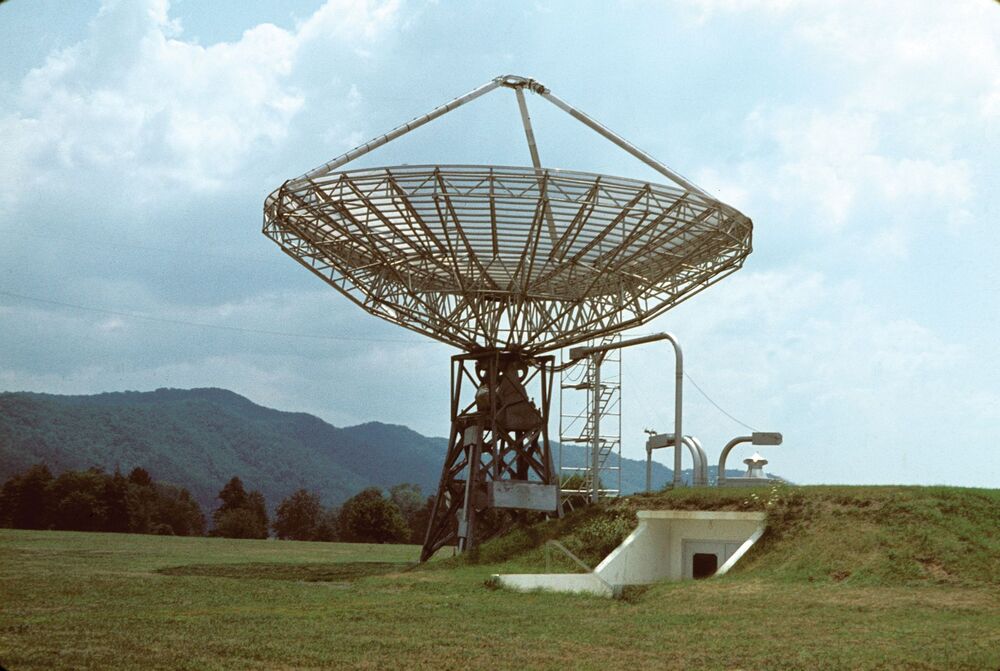NASA’s Ingenuity helicopter takes an aerial photo that let’s viewers hunt for the Perseverance rover on the ground as the rover itself hunts for ancient life.
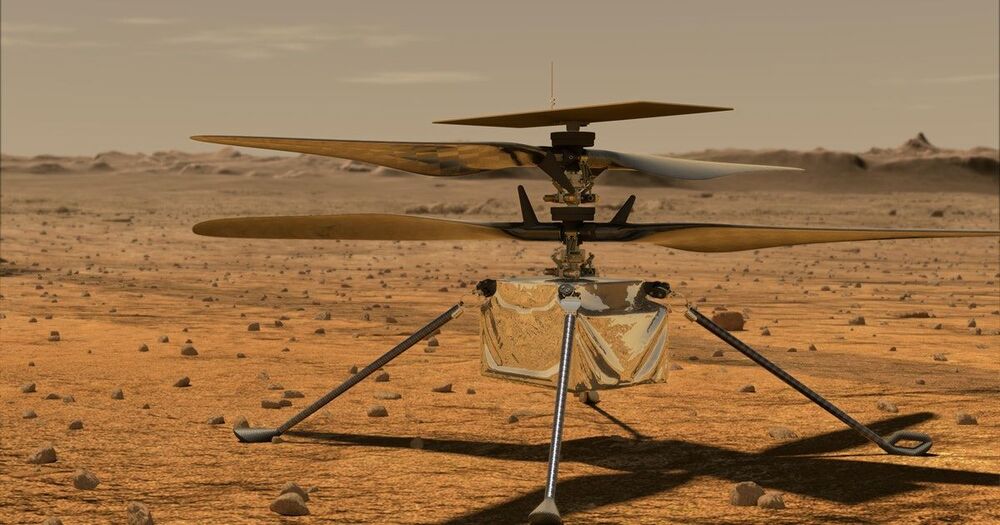




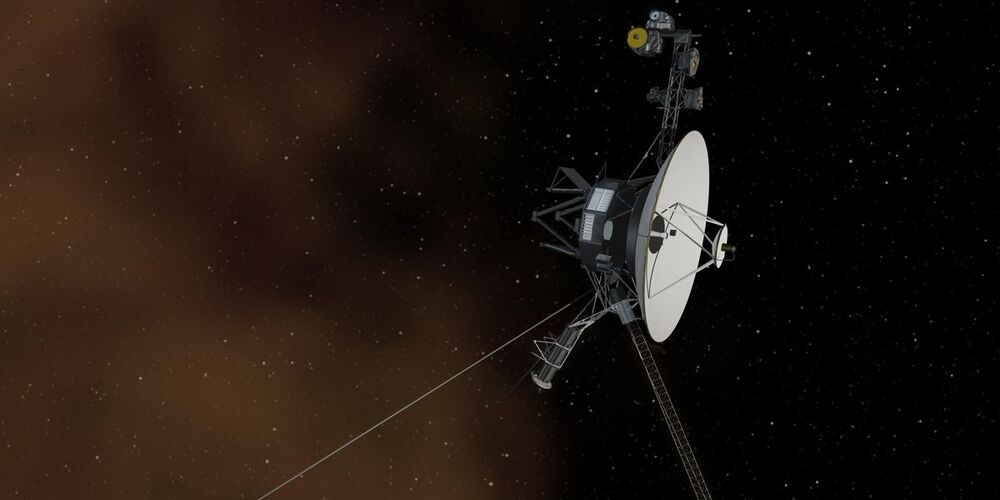

In a study released today (August 11 2021), NASA
Established in 1,958 the National Aeronautics and Space Administration (NASA) is an independent agency of the United States Federal Government that succeeded the National Advisory Committee for Aeronautics (NACA). It is responsible for the civilian space program, as well as aeronautics and aerospace research. It’s vision is “To discover and expand knowledge for the benefit of humanity.”
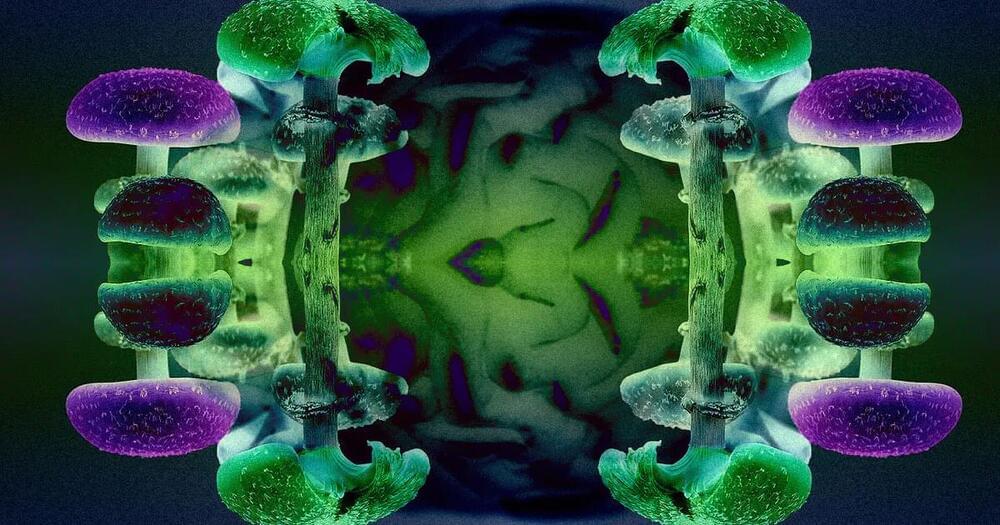
Do you agree?
In the future, when space agencies start to send human crews deep into space to explore or terraform distant worlds, we may need to send them off with extra goodies to keep morale high.
When astronauts are feeling lonely, depressed, traumatized, or just generally bad, a little pick-me-up in the form of psychedelic mushrooms could help, mycologist Paul Stamets suggested to Scientific American. It’s an odd idea, but as the body of evidence continues to grow that psilocybin — the active ingredient in shrooms — may have myriad mental health benefits, it may be an odd idea worth considering.
“Under carefully controlled conditions, our astronauts [being] able to take psilocybin in space and look at the universe and not feel distant and alone but feel like they’re part of this giant consciousness will give them a better frame of mind — psychologically, emotionally — to work with other astronauts and stay on mission,” Stamets told the magazine. “I feel that isolation, loneliness, and depression are going to be major issues that astronauts face.”
Astronomers may have discovered a colossal filament in the outer regions of the Milky Way! This could transform our grasp of our galaxy forever.
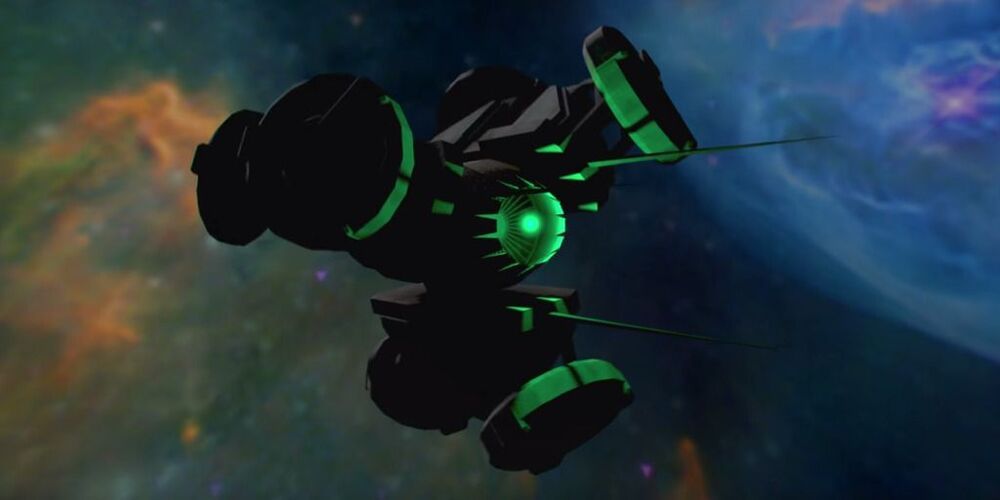
Circa 2016
Scientists and engineers since the 1940s have been toying with the idea of building self-replicating machines, or von Neumann machines, named for John von Neumann. With recent advances in 3D printing (including in zero gravity) and machine learning AI, it seems like self-replicating machines are much more feasible today. In the 21st century, a tantalizing possibility for this technology has emerged: sending a space probe out to a different star system, having it mine resources to make a copy of itself, and then launching that one to yet another star system, and on and on and on.
As a wild new episode of PBS’s YouTube series Space Time suggests, if we could send a von Neumann probe to another star system—likely Alpha Centauri, the closest to us at about 4.4 light years away—then that autonomous spaceship could land on a rocky planet, asteroid, or moon and start building a factory. (Of course, it’d probably need a nuclear fusion drive, something we still need to develop.)
That factory of autonomous machines could then construct solar panels, strip mine the world for resources, extract fuels from planetary atmospheres, build smaller probes to explore the system, and eventually build a copy of the entire von Neumann spacecraft to send off to a new star system and repeat the process. It has even been suggested that such self-replicating machines could build a Dyson sphere to harness energy from a star or terraform a planet for the eventual arrival of humans.
